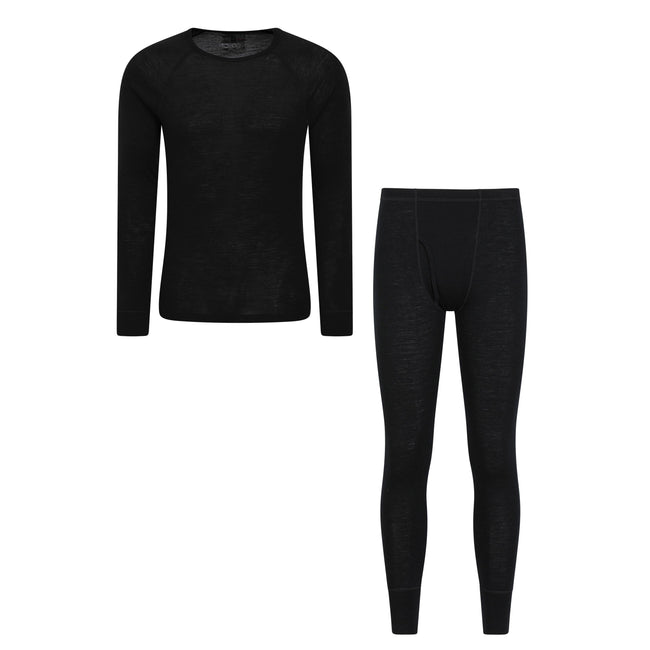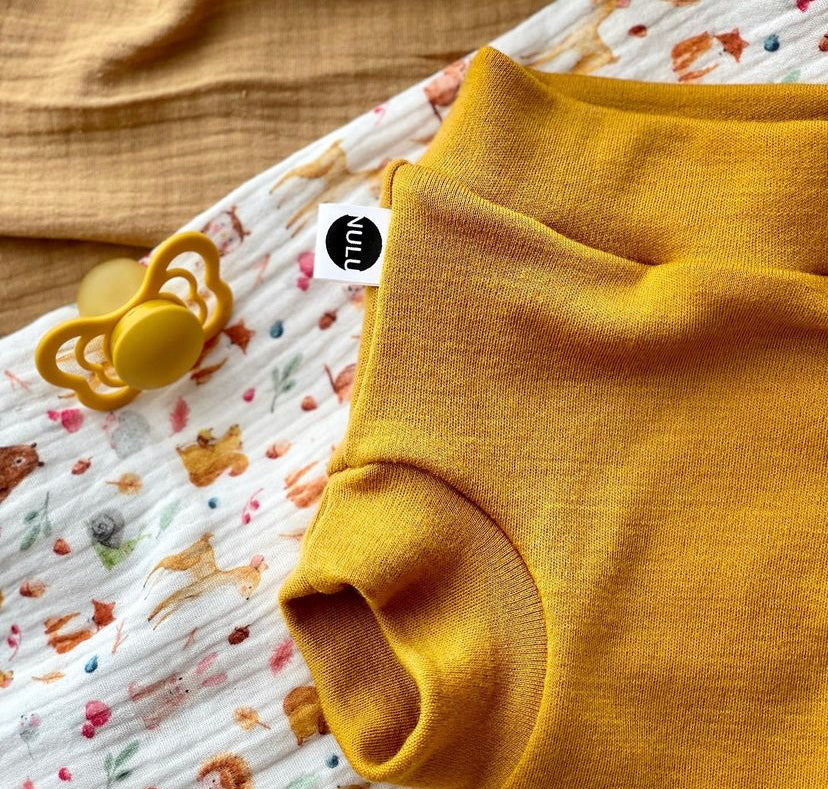Free News For Deciding On Merino Wool Base Layers
Wiki Article
Why Are Yak Merino Wool Base Layers So Effective For Winter Sportswear In Regards To Warmth/Temperature Regulation And Moisture Management, Comfort And Durability?
Yak Merino Wool Base Layers excel in winter sports clothing because of factors that increase the heat, temperature control, comfort and durability.
Insulating Properties - Yak and Merino both have inherent insulating properties. Yak wool, due to its hollow fibers traps air, delivering excellent warmth. Merino is also well-known for its insulation.
Controls body temperature- The fabric is able to regulate body temperature by taking warmth away in cold weather, while still allowing for breathing during intense activity.
Moisture Management-
Moisture-Wicking- Merino wool's moisture-wicking properties draw moisture away from the skin, and help disperse it, stopping sweat accumulation. Yak wool also helps to transport moisture and keeps the wearer comfortable during exercise.
Comfort-
Softness Merino fibers are known for their fine, soft fibers that are gentler on the skin. The addition of yak wool with soft fibers, increases the comfort.
Odor Resistance - Both kinds of wool have antimicrobial properties that reduce the growth and spread of bacteria that cause odors. The garment stays fresh.
Durability-
Resilience and Strength- Yak wool is innately durable, and when combined with the resilience of merino wool, the fabric will become sturdy and resistant to wear and tear, which makes it ideal for rigorous activities.
Natural Fiber Benefits-
Renewable Fibers: Merino and Yak wool are biodegradable and renewable fibers which make them a green choice.
These wools have the ability to be used in a variety of ways that allow the use of these wools in varying weather conditions.
Combining merino with yak wool makes it possible for a garment to be made that is warm and durable, while still regulating temperature and managing moisture. This is what makes yak and Merino wool-based base layers suitable for winter sportswear. They are designed to withstand the demands of outdoor sports in cold climates, while making sure that the wearer is dry and warm. Have a look at the best merino wool base layer for site tips including merino base layer womens, smartwool merino 250, merino base layer womens, sweaty betty ski base layer, smartwool base layer mens, terramar merino woolskins, merino undershirt, smartwool merino base layer, skiing base layers, smartwool base layer and more.

What Are Some Of The Advantages That Bamboo Clothing Offers In Terms Of Thermal Regulation And Uv Protection?
Bamboo clothing offers several advantages with regard to control of heat as well as UV protection, biodegradability, and environmental impact- Thermal Regulation-
Insulation - Bamboo fabric is breathable and has thermal regulating properties. It offers warmth when temperatures are cold. It regulates body temperature, retaining heat during cooler weather and allowing air circulation so that you don't overheat.
UV Protection
Bamboo is naturally impervious to harmful UV rayons. It is a great layer to protect against sun damage by blocking a large amount of ultraviolet rays.
Biodegradability-
Eco-friendly- Bamboo clothing is biodegradable which means it will break down naturally after the completion of its life cycle without leaving harmful residues or contributing to environmental pollution. This feature reduces waste and also the environmental impact of the disposal of clothes.
Environmental Impact-
Bamboo is a sustainable raw material. It is fast growing, abundantly and without chemical fertilizers. Fast expansion makes it a long-lasting resource.
Low Water Usage- Bamboo uses less water compared to other crops, like cotton, making it more water-efficient. This is crucial to conservation efforts, as it helps reduce pressure on the water supply.
Soil Conservation
Health of the soil - Bamboo cultivation isn't a typical way to reduce soil nutrients or require extensive irrigation. This leads to healthier soil conditions.
Carbon Sequestration
Carbon Absorption- Bamboo plants can absorb more CO2 and release more oxygen into the air when compared with other plants. This property contributes to efforts to fight climate change through cutting carbon emissions.
Bamboo's thermal regulation clothing and its UV protection its biodegradability, and its positive environmental impact makes it a preferred option for those seeking practical and sustainable clothes. These characteristics are in keeping with environmentally-conscious practices and offer benefits to both the wearer as well as the environment. Have a look at the best bamboo clothings blog for website recommendations including bamboo clothing, bamboo t shirts wholesale, bamboo terry fabric, bamboo tank tops, bamboo sports clothing, bamboo cay shirts christmas, bamboo yoga wear, boody bamboo underwear, clothes made from bamboo, bamboo jeans and more.

What Is The Feel, Texture, And Moisture Absorption Of Bamboo And Merino Compare To Wool?
In comparing merino wool, bamboo clothing and traditional wool on the basis of warmth, texture and moisture absorption- Texture-
Merino Wool Merino Wool's softness and fine fibers make it softer and smoother than traditional wool. It's often considered more comfortable against the skin.
Bamboo ClothingBamboo is silky smooth, and is often compared to luxurious materials such as cashmere or silk. The soft and delicate texture makes it very comfortable.
Traditional Wool - Traditional wool has many different textures. Some are more coarse than others and cause itching, discomfort, or irritation compared to clothing made from Merino.
Warmth-
Merino Fiber Merino fibre is known for its outstanding insulation properties. It retains heat even when damp and provides effective insulation during colder weather.
Bamboo Clothing is also warm but isn't as protected as merino. The bamboo regulates body temperatures effectively and is comfortable in any conditions.
Traditional Wool: Like merino merino provides warmth, insulation and comfort. It might be heavier than clothing constructed from bamboo, merino or other types of fabrics.
Moisture Absorption-
Merino Wool - Merino Wool is a great moisture-wicking qualities, allowing moisture to drain away from your skin to evaporate. Even when damp it is warm.
Bamboo clothing- Bamboo fabric is also a moisture-wicking fabric, allowing it to remove moisture from the skin. This provides comfort and support when you are exercising. It is a good moisture-regulating material, which keeps the skin dry.
Wool - Traditional wool is a natural fiber that can hold moisture, but does not be as moisture-wicking as bamboo or Merino. Wool is damp and heavy in wet conditions.
Summary: Merino Wool is known for being soft, warm, and having excellent water-wicking properties. Bamboo clothing has a smooth and silky feel. It is warm and regulates moisture effectively. The texture of traditional wool clothing may vary, and it can provide moisture absorption or warmth. However, it may feel heavier than merino or bamboo clothing. Each fabric is distinct and caters to different needs. Read the most popular merino winter clothing hints for site examples including smartwool men's classic thermal merino base layer crew, ski thermals mens, ski underlayers, merino wool thermals mens, merino base layer mens, smartwool 1 4 zip mens, ski thermals womens, sweaty betty ski base layer, merino wool thermal underwear, wool long underwear and more.
